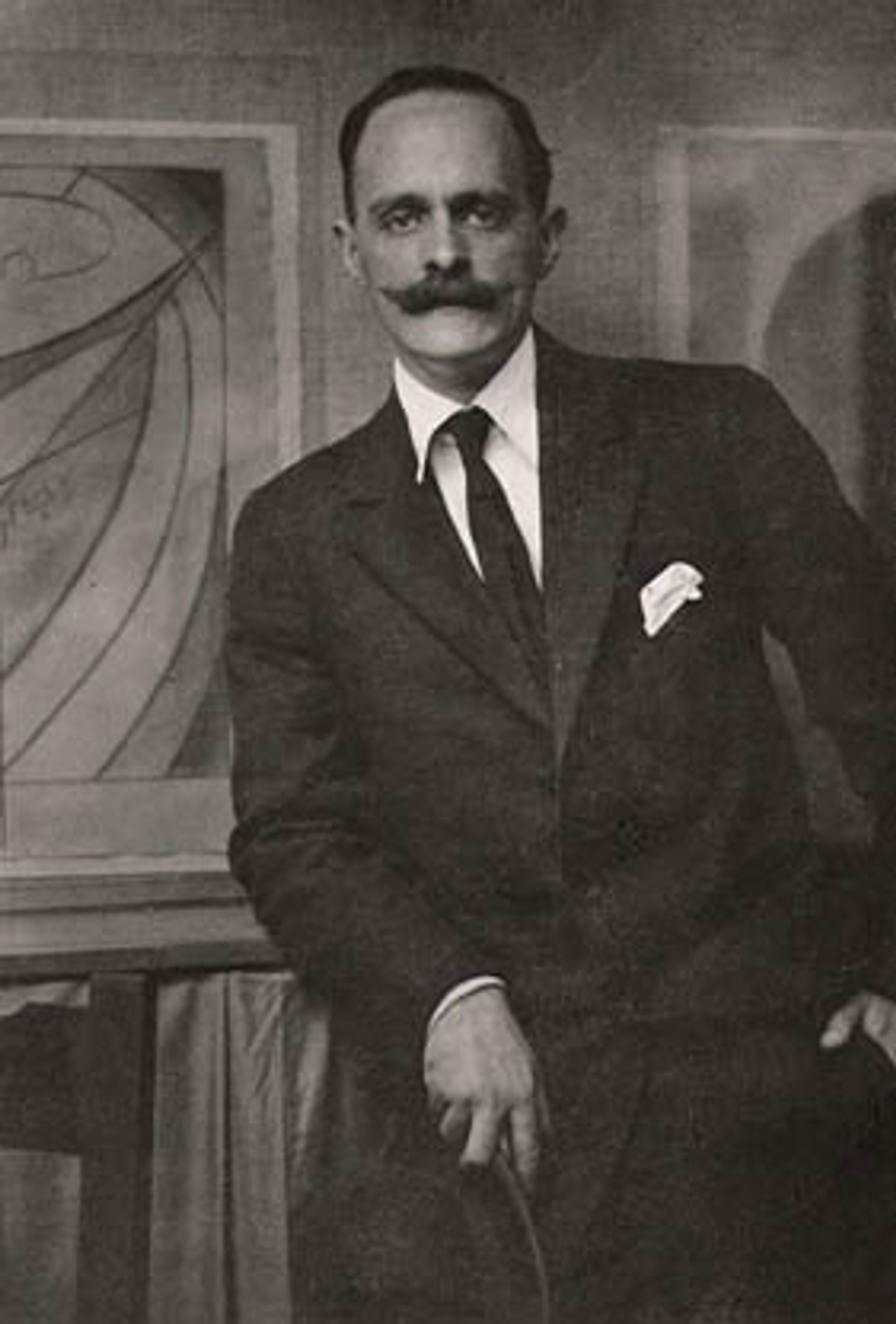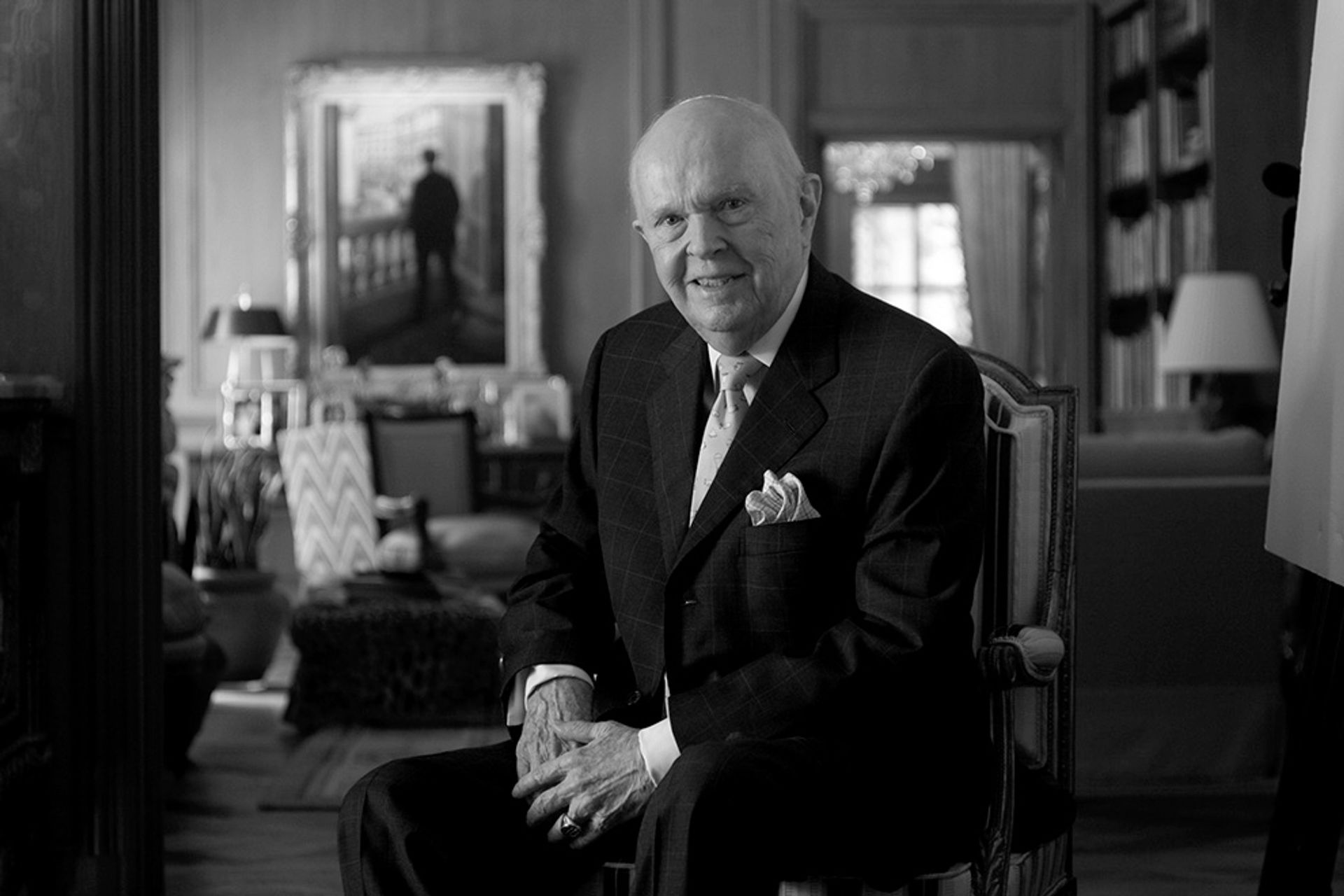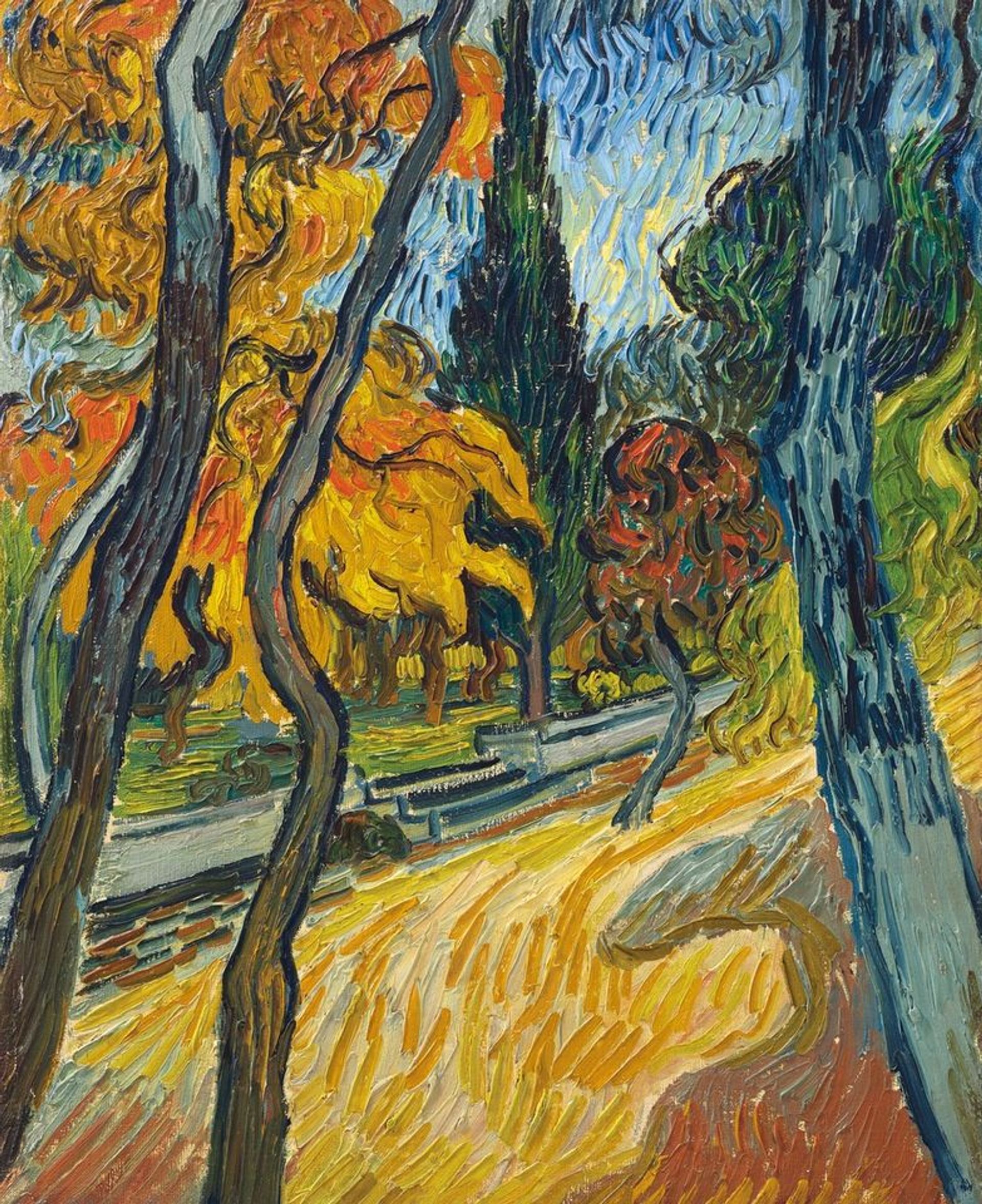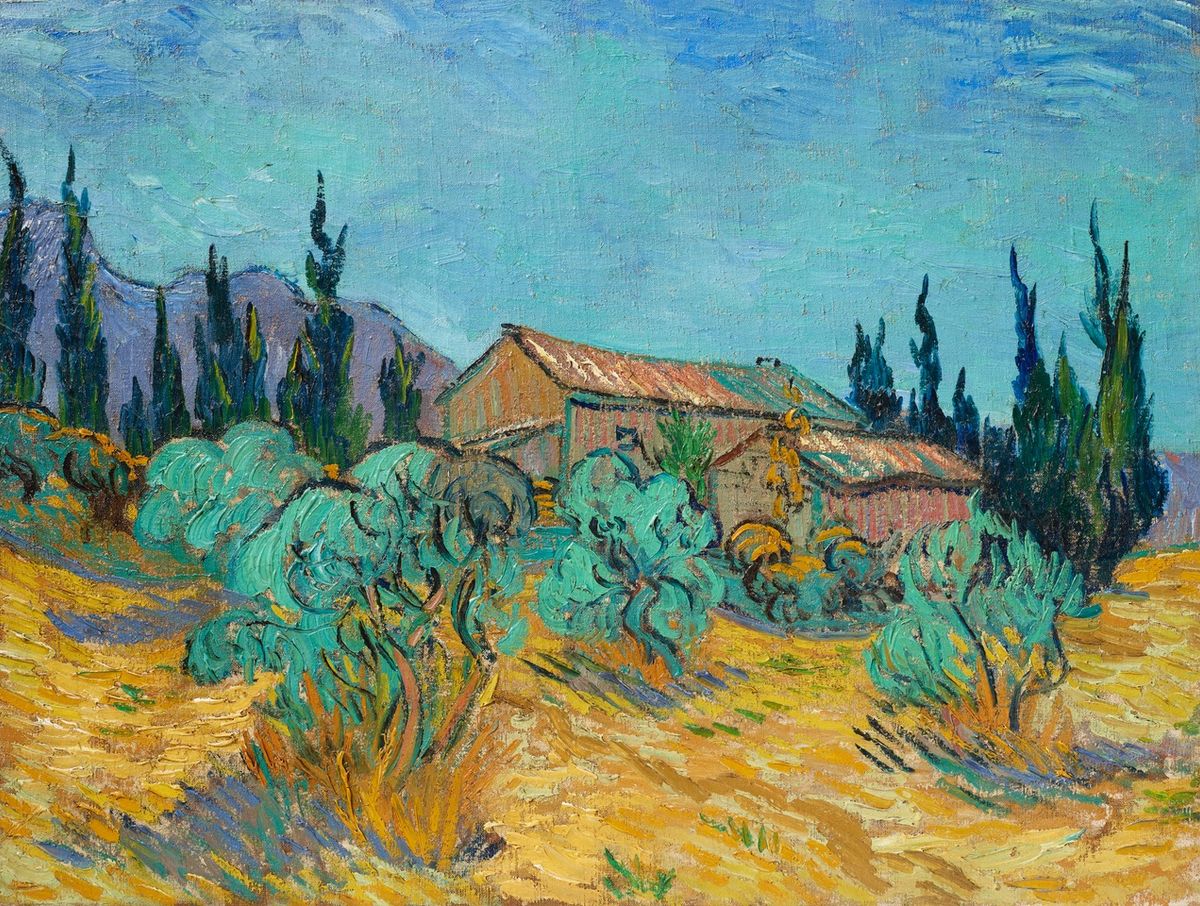A quintessential Van Gogh landscape of olive trees and cypresses set under a mid-day sun is to be auctioned at Christie’s, New York on 11 November. Although no formal estimate has been announced, it is likely to be around $40m. This would put it among the top Van Gogh sales in recent years.
Wooden Cabins among the Olive Trees and Cypresses (Cabanes de bois parmi les oliviers et cyprès) was painted in October 1889, when Van Gogh was living in the asylum just outside Saint-Rémy-de-Provence. It is astonishing to think that this peaceful landscape was completed just a month after he had recovered from a severe mental attack.
In July 1889, while working just outside the asylum, Vincent tried to poison himself by swallowing his paints. Later acknowledging that it had been a suicide attempt, he wrote metaphorically that he had found “the water too cold”—and was struggling to regain the river bank. It was not until September that he was able to resume painting.
Vincent returned to work with a renewed vigour: “I’m not mad, for my thoughts are absolutely normal and clear between times, and even more than before, but during the crises it’s terrible… It drives me to work and to seriousness, as a coal-miner who is always in danger makes haste in what he does.“
By October he was once again allowed to work outside the walls of the asylum, in the foothills of Les Alpilles (the little Alps). It was there, walking through the landscape, that he found the modest wooden cabins of a local farmer, surrounded by an olive grove and protected with a windbreak of cypresses. Beyond lie the limestone hills, portrayed in purple.
Vincent, as a northern European, found great inspiration in the landscape of Provence. In late September he had written to his brother Theo: “The olive trees are very characteristic, and I’m struggling to capture that. It’s silver, sometimes more blue, sometimes greenish, bronzed, whitening on ground that is yellow, pink, purplish or orangish to dull red ochre. But very difficult, very difficult.“
Wooden Cabins among the Olive Trees and Cypresses remained with Theo’s widow Jo Bonger until 1910, when it was sold via a gallery to a Berlin collector. A few years later it was bought by Marius de Zayas, a Mexican-born artist and dealer who became a key figure in the New York avant-garde scene. He was a friend of the photographer Alfred Stieglitz and Pablo Picasso.

Marius de Zayas, photographed by Alfred Stieglitz in 1913
De Zayas set up The Modern Gallery (later De Zayas Gallery) in New York, although he apparently kept the Van Gogh in his personal collection. After facing financial problems in 1923 he auctioned Wooden Cabins among the Olive Trees and Cypresses along with other works. These included his other Van Gogh, Portrait of Camille Roulin (December 1888), which is now at the Philadelphia Museum of Art.

Edwin Cox, at home with Gustave Caillebotte’s Jeune Homme à sa Fenêtre (1876) © Christie’s Images Ltd 2021
Wooden Cabins among the Olive Trees and Cypresses later passed through private collections in Paris and Brussels and in 1982 it was bought by Edwin Lochridge Cox. The Dallas oilman and businessman died last year, aged 99.
Other pictures from the Cox collection coming up for sale in November include works by Paul Cézanne and Gustave Caillebotte. Christie’s expects that altogether they will fetch over $200m. Adrien Meyer, a Christie’s departmental co-chairman, describes it as “perhaps one of the finest collections of Impressionist art to ever come to auction”.

The Dallas mansion of Edwin Cox © Christie’s Images Ltd 2021
The emergence of Wooden Cabins among the Olive Trees and Cypresses represents a revelation. Since the 1920s the painting has only been exhibited twice: in 1949 (London) and 1980 (Mons, in Belgium).
With Van Gogh’s exuberant colouring, his beloved olive trees and cypresses, the sunlit landscape and powerful turquoise sky, the painting should have great appeal. In financial terms, it is comparable with Trees in the Garden of the Asylum (Arbres dans le jardin de l’asile), which was painted in the very same month. This also sold at Christie’s, New York, flying above the estimate in 2019 and going for $40m (including fees).

Van Gogh’s Trees in the Garden of the Asylum (Arbres dans le jardin de l’asile) (October 1889)
Trees in the Garden of the Asylum is certainly a more revolutionary work—with its abrupt perspective, cropping of the tree trunks (Japanese-style) and strong brushwork. But Wooden Cabins among the Olive Trees and Cypresses, a larger picture, is a more attractive and optimistic painting—so it may well perform even better when it comes up for sale.
Wooden Cabins among the Olive Trees and Cypresses is to be toured by Christie’s before the auction, to Taipei, Tokyo, Hong Kong and London. This says it all about where the painting is most likely to appeal: the Far East.




